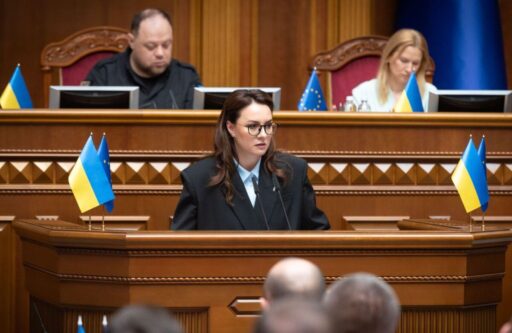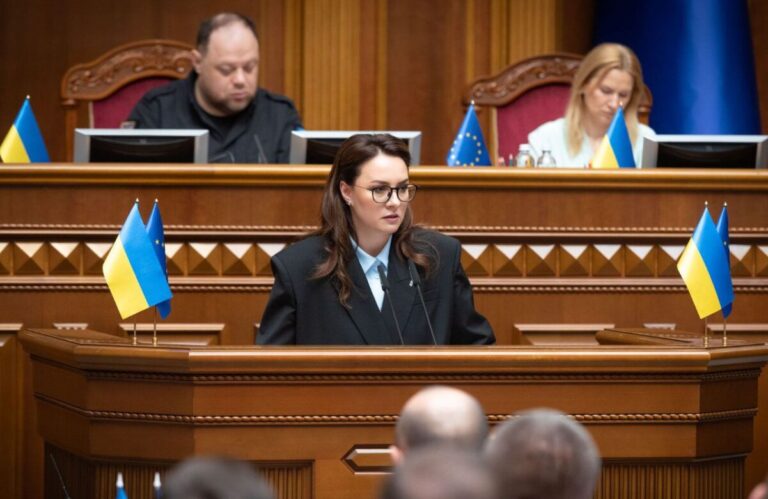
Is Ukraine Ready for a Funded Pension? Risks, Experience, and the Financial Market
The question of implementing a mandatory funded pension system has become one of the hottest topics in economic policy in 2025. Despite the public’s demand for transparent and predictable mechanisms for forming future pensions, experts and government officials voice clear warnings about the appropriateness of such a move right now.
Denys Ulyutin, Minister of Social Policy of Ukraine, publicly emphasizes:
“The introduction of a mandatory funded pension system in Ukraine is currently premature. The financial market is not yet able to effectively invest pension funds, and the main available instrument at the moment remains government bonds (OVDP).”
A funded pension system is a model in which part of the mandatory contributions from Ukrainians’ salaries is accumulated in individual accounts and invested for profit. Upon reaching retirement age, a person receives their capital as a supplement to the solidarity pension.
How the mechanism works:
- part of the contributions is automatically deducted and placed in funds;
- funds are supposed to invest this money in financial instruments to generate returns (government bonds, corporate bonds, stocks, infrastructure projects, etc.);
- after retirement, a person receives payments from the accumulated amount.
In practice, the system functions successfully only when there is a developed financial market diverse investment instruments, stable institutions, and transparent rules.
Arguments “Against”: Why the Market Is Not Ready
Minister Ulyutin emphasizes that the only available investment instrument right now is government bonds (OVDP). He stresses:
“We cannot just make a pool and wait to invest, as such funds are depreciating.”
If the second level of the pension system is introduced, contributions will have to be invested immediately, creating additional pressure on public finances since part of the revenues will move away from the solidarity system. In addition, if all funds end up only in government bonds, this does not give a boost to the development of the real sector, innovation, or infrastructure projects.
International Experience: Not All Stories Are Successful
Several examples were cited in the discussion where a hasty or ill-conceived introduction of the funded level ended in failure:
- Poland, 2014: the state removed bonds from pension funds, essentially bringing the system to naught.
- Hungary, 2010: the funded level was nationalized.
- Romania: even after a decade, two-thirds of funded assets are invested in government securities private capital is not being created.
“The creation of mandatory funds is only possible after the development of advanced financial markets capable of offering diverse instruments, including social and ‘green’ bonds, which can be used to finance infrastructure or social projects.”
Post List
Arguments from Investors: Is There Potential for Funding Already?
President of the investment group “Univer” Taras Kozak noted during the discussion that:
“The introduction of the second level could provide up to 100 billion UAH per year, based on the wage fund in the economy of about 3 trillion UAH and a contribution rate of 2-3%.”
He also added:
“This is a significant amount, but even such volumes will not create a significant burden on the national debt, since the total volume of government bonds is about 1.8 trillion UAH.”
In response, Ulyutin noted that even with such revenues, most liquidity will remain in government debt, not giving an impetus to private investment. He emphasized that the state is essentially “shuffling” bonds from hand to hand without building real capital.
Key Risks and Challenges
- Depreciation of accumulations: in the absence of instruments, money just “sits” in government securities and does not increase in value.
- Public finance deficit: redirecting part of the unified social tax reduces revenues for the solidarity system, which is already facing a deficit.
- Excess liquidity: if businesses are not ready to absorb additional amounts of money, this will lead to excess liquidity without investments in the economy.
Looking Ahead: What’s Next
The Minister of Social Policy notes that the government is focusing on improving the solidarity system and gradually moving towards professional pensions. The creation of a truly functioning funded system is only possible after building a modern financial market with diverse instruments, control, transparency, and public trust.
Ukraine needs a pension reform that will provide citizens with a decent old age, without shifting all the burden onto the state. But introducing a mandatory funded pension system now is a premature decision until the institutional, market, and legal conditions for effective investment are created. International experience proves: haste in this area can lead to a loss of trust, system stagnation, and even the nationalization of funds. Only comprehensive financial market development with transparency, a variety of instruments, and independent oversight will allow for the creation of a system that works for the future, not just for formal reporting.
Only a deep, gradual, and thoughtful approach can guarantee that the funded pension will become a real tool for every Ukrainian, and not just another illusion of social protection.














